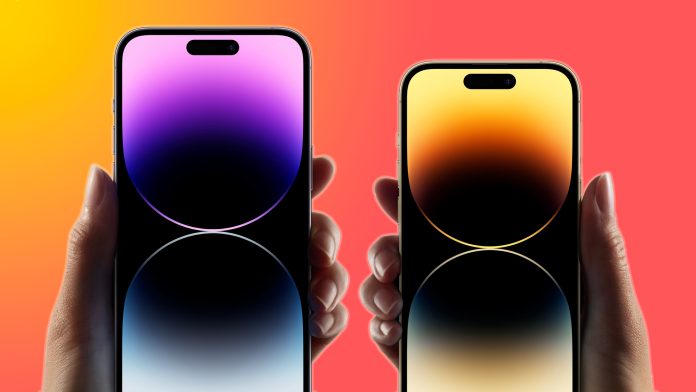Apple appears to be working on a solution to increase privacy when using your smartphone. According to recent Apple Insider reports, two issued patents shed light on the tech giant’s efforts to improve iPhone screen privacy.
The first patent, titled “Privacy films for curved displays,” explores the addition of a privacy film layer to the screen. This film functions as a polarizing filter, allowing light to only radiate in one direction. Users receive full brightness and the crispness of the retina display when seen from the correct angle.
While similar film layers are available on the market and may be added to your smartphone display, they are relatively limited in that visibility is constrained to a single spot. This film layer cannot always guarantee perfect privacy, as somebody standing directly behind the user can still view the screen.
The second patent covers “displays with adjustable angles of view.” In a private viewing mode, the control circuitry applies a current to electrodes, causing the electrochromic material to become more opaque and so limiting the display’s angle of view, according to the patent. This invention, in essence, introduces a “electrically controllable filter” within the display, allowing users to change screen polarization.
This second method integrates privacy features directly into the display itself. The display, comprising a series of substrate layers, could include an additional layer of liquid crystal. This liquid crystal element might incorporate a color filter, enabling users to limit certain colored images to their eyes only.
The second patent seems more convenient since it lets the user control their privacy and deactivate it when they want to share their screen contents with others around them, for instance, when showing your friends a video. It will be interesting to see which implementation Apple goes with, if any, and how these innovations shape the future of smartphone displays.

